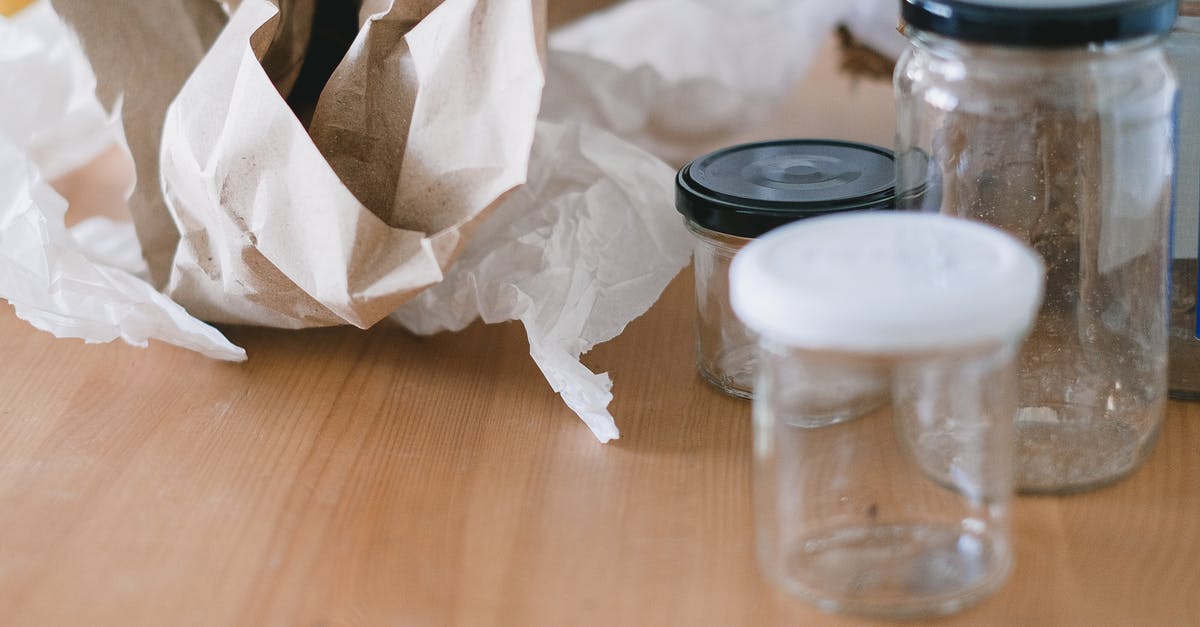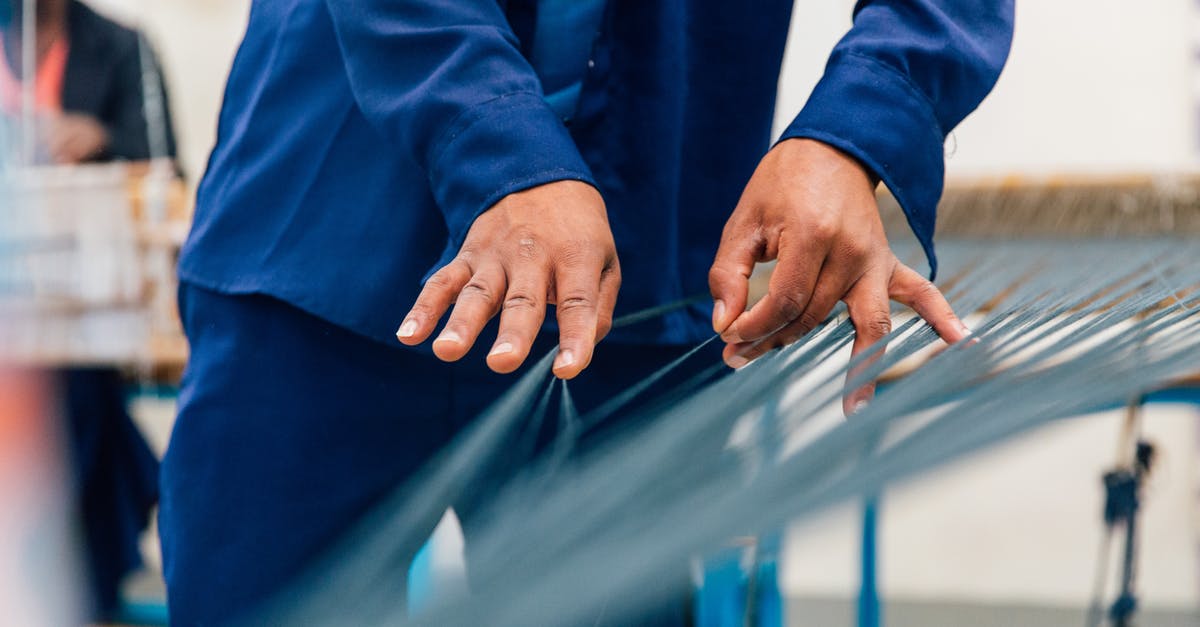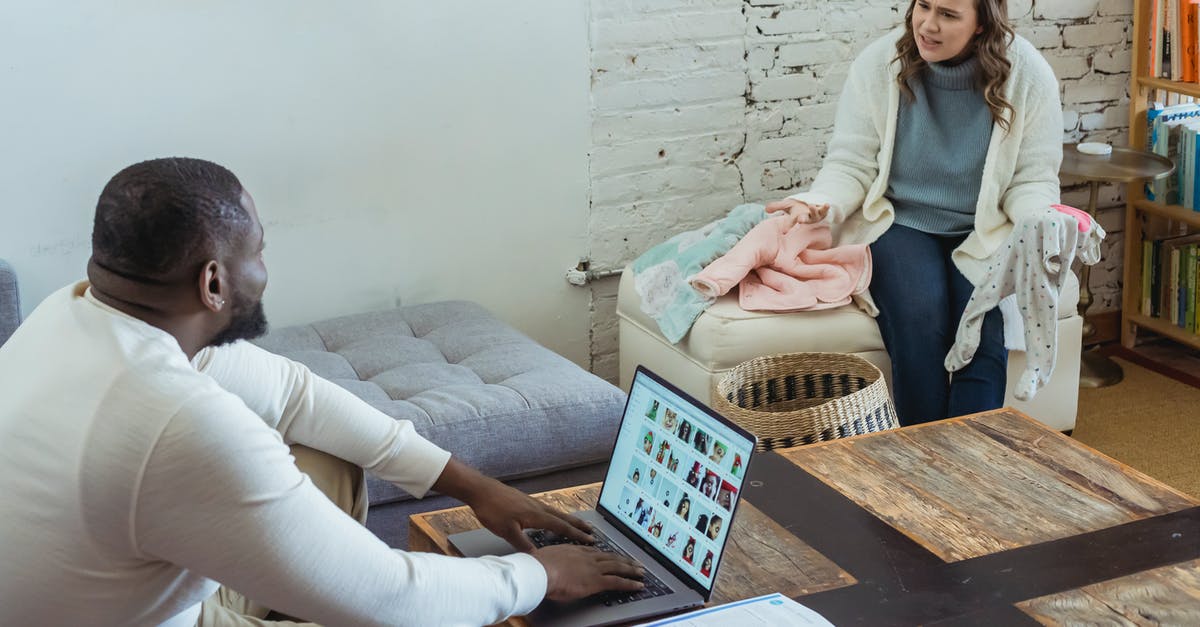What to use to separate layers of dough?

I want to bake pancakes in glass bowl in microwave, some kind of thick pancakes, but want to do it faster.
Instead of making one pancake at a time it would be faster to bake them all at once stacked together like one layer-pie. May be paper for baking, but not sure if it's not going to stick. May be something edible as a separator (widely available preferably)? Not sure about foil, because it's microwave, but probably would be ok, because it's going to be discharged by dough.
The process would be such: I spill the dough layer by layer into a glass bowl, separating it with something, cover with lid and put into microwave.
Best Answer
Honestly, this sounds like a revolting idea at best - microwave pancakes - anyway, assuming you are determined to persevere...
Foil wouldn't work at all, ignoring the arcing problem. Foil is microwave impermeable, so it would just stay cold in the middle & burn on the outside.
I can't imagine the texture of microwaving pancake batter at a 'cake' thickness. I'm sure the outside is going to be like a car tyre by the time the inside is done, but really there's no way you are going to separate it into layers - it's simply far too runny. It would run round the edges of anything except rubber-sealed separators [which as far as I'm aware don't exist in a cooking context] & would soak into greaseproof sufficiently to still be a solid block by the end… but one with paper embedded in it at semi-regular intervals..
If you are still determined to do this in one block, then I'd do it in a rectangular container, and slice it like a loaf.
A late thought: Doing it in a single deep container, best be sure to put a lid on it. Heating a liquid which will turn to a solid in the microwave will generate hot-spots that will periodically go splut & redecorate the inside of the oven. If you get really unlucky & try to stir it every so often to redistribute the heat, Murphy's Law states that the first 'splut' will go up your arm ;)
Later thought: Buy ready-made pancakes from the supermarket. They will microwave just fine & already have a nice, pan-cooked look & feel to them. Not as good as making them yourself, but have got to be better than a solid block of unevenly nuked batter.
Pictures about "What to use to separate layers of dough?"



Steps of Baking Ep.6 | Dividing
More answers regarding what to use to separate layers of dough?
Answer 2
No, it won't be faster and it won't be easy - the middle layers will still be liquid, when the outer layers are set. You would also have to find something that could act as a layering - baking paper may work, but you would run into the problem of having overflow and bits squishing out of the edges, resulting in a single cake with semi-separate layers with paper baked into the inside.
With regards to arcing discharge in the microwave, arcing occurs on sharp edges. If you used foil, to get sufficient layering you would have some sharp edges poking out of the batter all around the "cake", these would arc and potentially burn the cake in a localized manner. It doesn't sound like a good idea to me.
Answer 3
The main downside not mentioned in other answers: If you do find an appropriate separator material (e.g. silicone sheets cut to size), you are going to have a significant difference in pancake thickness.
The bottom batter layers will spread much more than higher ones, due to the weight of the above layers pressing down -- while cooked pancakes have enough rigidity in structure to support a stack, your batter does not.
Sources: Stack Exchange - This article follows the attribution requirements of Stack Exchange and is licensed under CC BY-SA 3.0.
Images: ROMAN ODINTSOV, SHVETS production, Kelly L, Keira Burton
